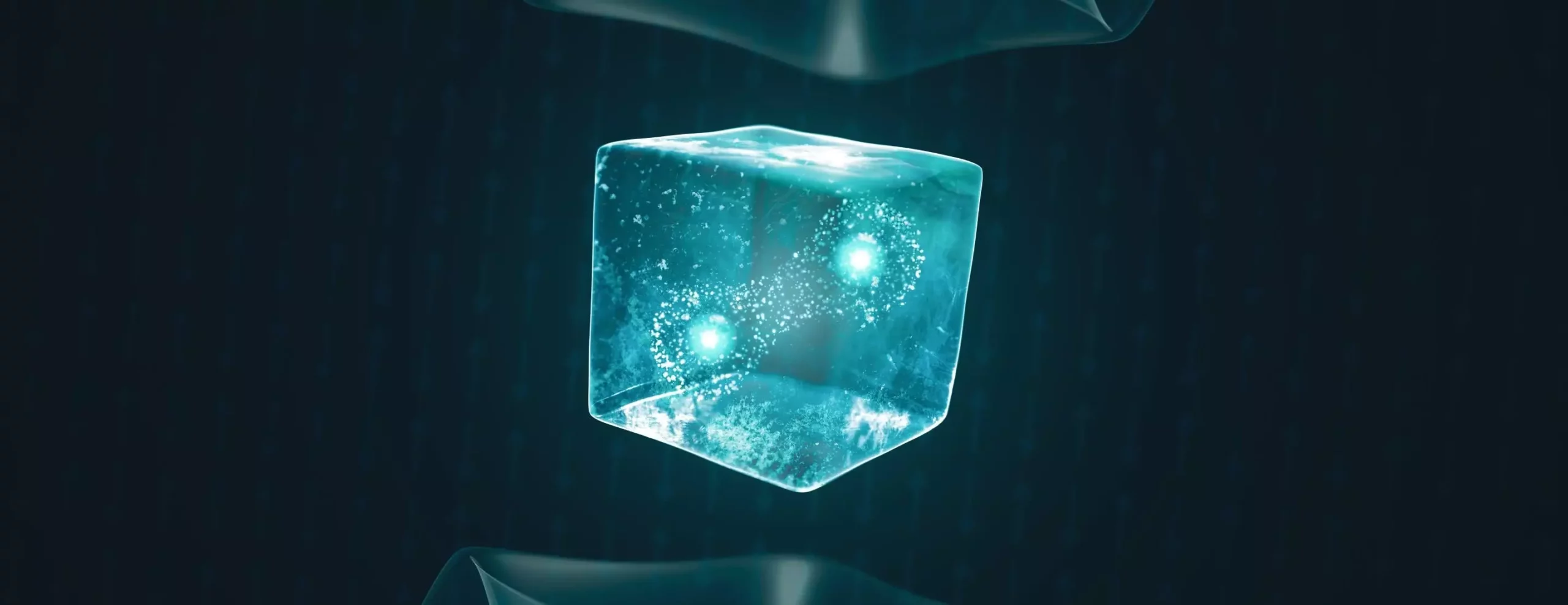Superconductors have fascinated scientists for over a century with their ability to conduct electricity without resistance, a property that could revolutionize modern technology. However, most superconductors only operate at extremely low temperatures, limiting their practical applications. Researchers have been tirelessly searching for materials that exhibit superconducting behavior at higher temperatures, potentially even room temperature, in order to unlock their full potential.
Recent research has shed new light on the behavior of electron pairing in superconductors, revealing that this phenomenon can occur at much higher temperatures than previously believed. In a surprising discovery, electron pairing was observed in an antiferromagnetic insulator, suggesting the possibility of engineering new materials into superconductors that can operate at elevated temperatures. This finding opens up new possibilities for developing high-temperature superconductors that could transform various aspects of technology.
The Coherence of Electron Pairs
In order for a material to exhibit superconducting properties, electrons must pair off and synchronize their movements, akin to two individuals dancing in perfect harmony. If the electrons remain paired but incoherent, the material may behave as an insulator rather than a superconductor. By studying the behavior of electrons in different states, researchers can gain valuable insights into the mechanisms behind superconductivity and work towards overcoming existing limitations.
Unconventional Superconductors
While conventional superconductors rely on lattice vibrations to facilitate electron pairing, unconventional superconductors like cuprates operate at significantly higher temperatures and involve more complex mechanisms. Cuprates are believed to utilize fluctuating electron spins to pair up electrons and induce superconductivity, a phenomenon that has intrigued scientists for decades. Understanding the unique properties of cuprates could pave the way for the development of high-temperature superconductors with practical applications.
Scientists have utilized advanced techniques such as shining ultraviolet light on material samples to study the atomic structure and behavior of cuprates. By observing an “energy gap” in electron binding, researchers have identified that electron pairing can occur at much higher temperatures than the critical temperature for superconductivity. This finding challenges previous assumptions about the limits of high-temperature superconductors and underscores the potential for further exploration in this field.
While the cuprate studied in the research may not be the key to achieving superconductivity at room temperature, the insights gained from this investigation offer valuable clues for future advancements. By exploring the pairing gap and incoherent states further, scientists aim to develop new methods for engineering superconductors with enhanced properties. The potential for utilizing similar experimental approaches to gain deeper insights into electron pairing states holds promise for the future of high-temperature superconductors.
The quest for high temperature superconductors represents a pivotal area of research with far-reaching implications for technology and scientific advancement. By unraveling the mysteries of electron pairing and exploring unconventional materials, researchers are edging closer to realizing the dream of superconductors that operate at room temperature. The pursuit of high-temperature superconductors opens up new avenues for innovation and discovery, bringing us one step closer to a world powered by efficient and sustainable energy sources.


Leave a Reply